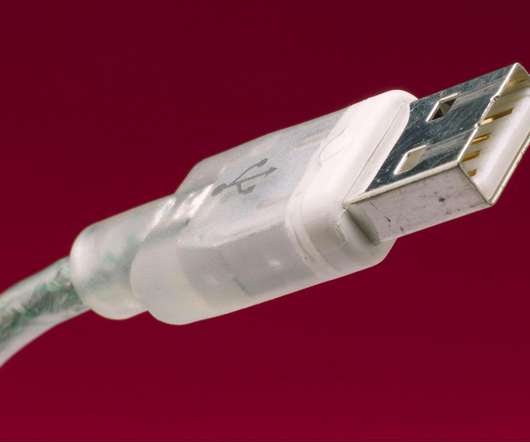University of Houston team demonstrates new efficient solar water-splitting catalyst for hydrogen production
Green Car Congress
DECEMBER 16, 2013
Researchers from the University of Houston (UH) have developed a cobalt(II) oxide (CoO) nanocrystalline catalyst that can carry out overall water splitting with a solar-to-hydrogen efficiency of around 5%. Different sources of light were used, ranging from a laser to white light simulating the solar spectrum. doi: 10.1038/nnano.2013.272.






















Let's personalize your content